
Art
Iran is home to one of the richest art heritages in world history and encompasses many disciplines including architecture, painting, weaving, pottery, calligraphy, metalworking and stone masonry.The high plateau of Iran has seen the development of many cultures, all of which have added distinctive features to the many styles of Persian art and architecture. Although earlier civilizations are known, the first archaelogical finds of artistic importance are the superb ceramics from Susa and Persepolis (c.3500 B.C.). The choice of biological subjects, simplified into patterns, may be called the formative principle of Persian art. Much of 4th-millennium Iranian art is strongly influenced by that of Mesopotamia. The 3d-millennium art of Elam, found at Sialk and Susa, also follows Mesopotamian styles, and this trend is continued in the less well-known Elam and Urartu art of the 2d millennium.
During the Achaemenian period (550-330 B.C.) a unified style emerges. Luxurious works of decorative art were produced. The Achaemenids evolved a monumental style in which relief sculpture is used as an adjunct to massive architectural complexes. Remains of great palaces reveal plans that characteristically show great columned audience halls. Of far greater artistic importance is the Sassanian art. Adapting and expanding previous styles and techniques, they rebuilt the Parthian capital at Ctesiphon. There a great palace with a huge barrel vault was constructed of rubble and brick. Sassanid architecture is decorated with carved stone or stucco reliefs and makes use of colorful stone mosaics.Basically handicrafts are almost made in every village or city in Iran, but the people of each region are skilled and proficient in the making of one or two types of handicrafts,
Tourists visiting Iran from different countries, find a variety of Iranian handicraft goods, which are interesting and pleasant to them in the traditional bazaars of Iran, especially in larger cities. Yet the kind of goods offered in the traditional bazaars at the present time does not introduce the real collection of Iranian handicrafts. Some of these products are either obsolete or like hand-woven silk cloths are very rare. Silk cloth is produced only in one or two special workshops so that the amount of production is only sufficient for museums and international exhibitions. Nevertheless it can be said that, Iranian handicrafts reach out to interested people and here we intend to review the manner in which contemporary artists produce some of these goods.
Iran’s National Museum consisting of the Archaeological Museum, along with the magnificent collection of the Islamic Museum offers a breathtaking collection of Persian art dating back to some 7 thousand years ago!! The Abguineh museum offers a wonderful exhibition of delicate glass and ceramics housed in an elegant early 20th century building. The Carpet Museum also justifies the worldwide fame of Persian carpet weaving with its display of beautiful new and old carpets created in the workshops of Kerman, Qom, Tabriz, Isfahan and Kashan, etc.At the same time Persian miniatures and calligraphy – two more artistic traditions in which the Iranians excel – can be seen at the Reza Abbasi Museum. The named museums are just a small selection from the fabulous collections to be visited in Tehran.
Persian carpet
The art of carpet weaving in Iran has its roots in the culture and customs of its people and their instinctive feelings. Weavers mix elegant patterns with a myriad of colors. The Iranian carpet is similar to the Persian garden: full of flora, birds, and beasts.
The colors are usually made from wild flowers, and are rich in colors such as burgundy, navy blue, and accents of ivory. The proto-fabric is often washed in tea to soften the texture, giving it a unique quality. Depending where the rug is made, patterns and designs vary. Some rugs, such as Gabbeh, and Gelim have a variations in their textures and number of knots as well. The exceptional craftsmanship in weaving these carpets and silken textile thus caught the attention of the likes of Xuanzang, Jean-Baptiste Tavernier, and Jean Chardin.
Painting and miniatureCaves in Iran’s Lorestan province exhibit painted imagery of animals and hunting scenes. Some such as those in Fars Province and Sialk are at least 5,000 years old. Painting in Iran is thought to have reached a climax during the Tamerlane era when outstanding masters such as Kamaleddin Behzad gave birth to a new style of painting. Paintings of the Qajar period are a combination of European influences and Safavid miniature schools of painting such as those introduced by Reza Abbasi. Masters such as Kamal-ol-molk, further pushed forward the European influence in Iran. It was during the Qajar era when “Coffee House painting” emerged. Subjects of this style were often religious in nature depicting scenes from Shia epics and the likePottery and ceramics
Prominent archeologist Roman Ghirshman believes “the taste and talent of Iranians can be seen through the designs of their earthen wares”.
Of the thousands of archeological sites and historic ruins of Iran, almost every single one can be found to have been filled, at some point, with earthenware of exceptional quality. Thousands of unique vessels alone were found in Sialk and Jiroft sites. The occupation of the potter (“kuzeh gar”) has a special place in Persian literature.
Music
During the course of Iran’s recorded history, a unique distinctive music developed accompanied by numerous musical instruments, several of which came to be the first prototypes of some modern musical instruments of today. The earliest references to musicians in Iran are found in Susa and Elam in the 3rd millennium BC. Reliefs, sculptures, and mosaics such as those in Bishapur from periods of antiquity depict a vibrant musical culture.
Persian traditional music in its contemporary form has its inception in the Naseri era, who ordered the opening of a “House of Crafts”, where all master craftsmen would gather for designing instruments and practicing their art.
LiteratureIran is filled with tombs of poets and musicians. Persian literature is by far the most stalwart expression of the Iranian genius. While there are interesting works in prose, it is poetry where the Iranian literature shines at its most. Flourishing over a period of more than a millennium, it was esteemed and imitated well beyond the confines of the Iranian homeland. The literature of Turkey and India developed under its influence. Some notable Iranian poets are: Hafez, Saadi, and Ferdowsi.ArchitectureThe architecture of Iran is one with an exceedingly ancient tradition and heritage. As Arthur Pope put it, “the meaningful Impact of Persian architecture is versatile. Not overwhelming but dignified, magnificent and impressive”. Perhaps the magnificence of architecture is one of the most colorful dimensions of Iran’s art that every tourist will notice after a visit to Iran.
Weaving (Baft)From time immemorial, a variety of weaving was widespread in Iran. From Pope’s writings the people who lived in the cave of “Kamarband” 8,000 years ago, near the city of Behshahr , on the Southern border of the Caspian Sea apparently used to weave cloth of wool. They have left behind, a kind of hooked needle, which they used for their work. In the city of Qassem-abad, Gilan province, two different kinds of beautiful weavings were common and signs of these works have been left over in a kind of cloth with silk and another with cotton of different uses. In addition to hand-woven cloths as mentioned before, carpet weaving is also one of the rustic and tribal handicrafts of Iran. Apart from carpets, there are other kinds of floorings in Iran, where the rustic women are the major weavers of Ghelim, jadjim, and ziloo.
Khatam (Marquetry)Carpentry and woodwork are made with special precision and artistic zeal. Fine cut woodwork in Iran are divided into many categories and traditional artists employing walnut or pear wood, fabricate decorative articles. Wooden commodities of Iran are produced in the cities of Shiraz, Sanandaj, and Rasht. These artifacts consist of different kinds of bowls, plates, forks, spoons and other decorative items. In the same domain, the act of decorating wood in Iran is quite remarkable. Historic fine-inlaid wooden doors, in old and sacred buildings and mosques, show the care and endurance of the carpenters and artists who decorated them.
Pottery, Tiles and CeramicsToday, the art of pottery continues to keep its credibility of the Iranian handicrafts. Skillful experts in “Laleh Chin” produce part of the pottery works with high quality from raw material. The earthenware’s are sold in local bazaars but tourists have also expressed great interest in them. “Laleh Chin”, using high quality material together with creativity of the pottery artists, has become one of the active centers of pottery work in Iran in the past several centuries. Numerous pottery workshops exist also in Kashan, Qom, Shiraz, Rey, Mashhad and Tehran. The pottery works of these cities are divided into two major branches: a part of these products is aimed for practical public use and other par for enhanced artistic value. This art as a handicraft is also practiced in other cities of Iran such as: Rasht, Bandar, Abbas, Minall, and the coastline cities of the Persian Gulf. In some pottery workshops, machine wheels have replaced the old pedal wheels. However, masters of this art, and young skillful potters, prefer the traditional pedal wheels. The old tools are noiseless and the feet with great precision control the speed of work.
Stone Cutting (Sang Tarashi)Sculpture and stone cutting are among the oldest Iranian profession. In “Tappeh Yahya” of Kerman, one of the very old stone cutting workshops of Iran was discovered in 1970 A.D. A stone statue is among the archeological findings and belongs to approximately 4500 B.C. This statue is cut from a greenish rock, which is extracted from numerous mines in the Kerman region. Iran, as a mountainous land, is the center of various types of precious stones. All different types of stones used in the construction of the ancient palaces of Iran were mined inside the country.
Glass Blowing (Shisheh Gary)In the ancient temple of “Choqazanbil” thousands of glass rods were used in building the windows; also small bottles, which could have possibly contained a holy liquid, were also discovered. “Marlik” glass- beads and glass works of Sassanid era can be considered the sign of existence of this industry in the old Iran. A glass necklace, belonging to 2250B.C, was discovered in the northwest of Iran. This necklace is composed of blue glass-beads. There have been findings of glass articles, belonging to ancient Iran , in Susa and “Hassan Lou”.Metal-Working (Felez Kari)
Different types of metals are used in various types of handicrafts produced in Iran, The most usual of these items are made out of copper which are commonly used in Iranian kitchens. The chief centers of the art of metal working are Isfahan, Shiraz, Kashan, Yazd and Kerman. Kitchen copper articles include: pots, pans, pails, large spoons, trays in very large, medium and little sizes. The second category of copper items consists of picture frames, jewelry boxes, water-pipe pots, and copper statues of various animals, which have special artistic value. Special care is taken in printing different protruded images on the surface of these items.
In some of these copper works, the art of netting is also used. In addition to copper, metal-working artists use bronze and silver for the production of precious articles.
Filigree-Work on MetalsFiligree is a relatively old Iranian handicraft. Iranian filigree workers were the pioneers of this art from the beginning of the seventh century. The city of “Zanjan”, in the northwestern part of Iran, is the guardian of the filigree industry. Different filigree articles are made out of fine silver twisted wire by the artists of this city. Filigree work among the people of Kurdistan was formally practiced with gold twisted wire. Tea and dessert sets, and other decorative filigree articles are the handwork of Zanjani artists.Embossing (Ghalam Kari)He embossing industry is one of the most advanced Iranian hand skills. In the Islamic period, the embossing industry, took on considerable progress. Magnificent metal-works with different patterns have been created by artists of Khorassan, Rey, Hamedan and Samarkand. Isfahan is the main center of embossing. Silver and copper vases, various types of fruit bowls, chocolate boxes, and embossed trays and cups are made in handicraft workshops in this historic city. These articles are embossed in a magnificent way. An artist of this field, for creating desired patterns, will perhaps use dozens of fine and large engraving chisels. Images created by the carvers on the surface of gold, silver, copper or bonze items take inspiration from older patterns. Enamel-Work (Mina Kari)This art is among the most creative inventions. In enamel-work, the surface of various metal articles such as gold, silver or copper, are painted by means of colorful luster. Afterwards, suitable amounts of heat in a special furnace are needed to stabilize the color. Enamel-Work in itself has different categories. Isfahan is the prime center for the production of the enamel industry. Dozens of large workshops continue to produce enameled items in this historic city. Not only had this art, but also perhaps all the other handicrafts of Iran need detailed explanation concerning the manner of their production.The others handicrafts of IranIn the ancient temple of “Choqazanbil” thousands of glass rods were used in building the windows; also small bottles, which could have possibly contained a holy liquid, were also discovered. “Marlik” glass- beads and glass works of Sassanid era can be considered the sign of existence of this industry in the old Iran. A glass necklace, belonging to 2250B.C, was discovered in the northwest of Iran. This necklace is composed of blue glass-beads. There have been findings of glass articles, belonging to ancient Iran , in Susa and “Hassan Lou”.
Source: www.ghoghnos.net
Buy Persian Handicrafts & Rugs at: www.persianhandicrafts.com
Facebook: https://www.facebook.com/persispersianhandicrafts
Google+:https://plus.google.com/+Persiscraftspersianhandicrafts
Twitter: https://twitter.com/persiscrafts
Please Join Our Social Networks to Support us:
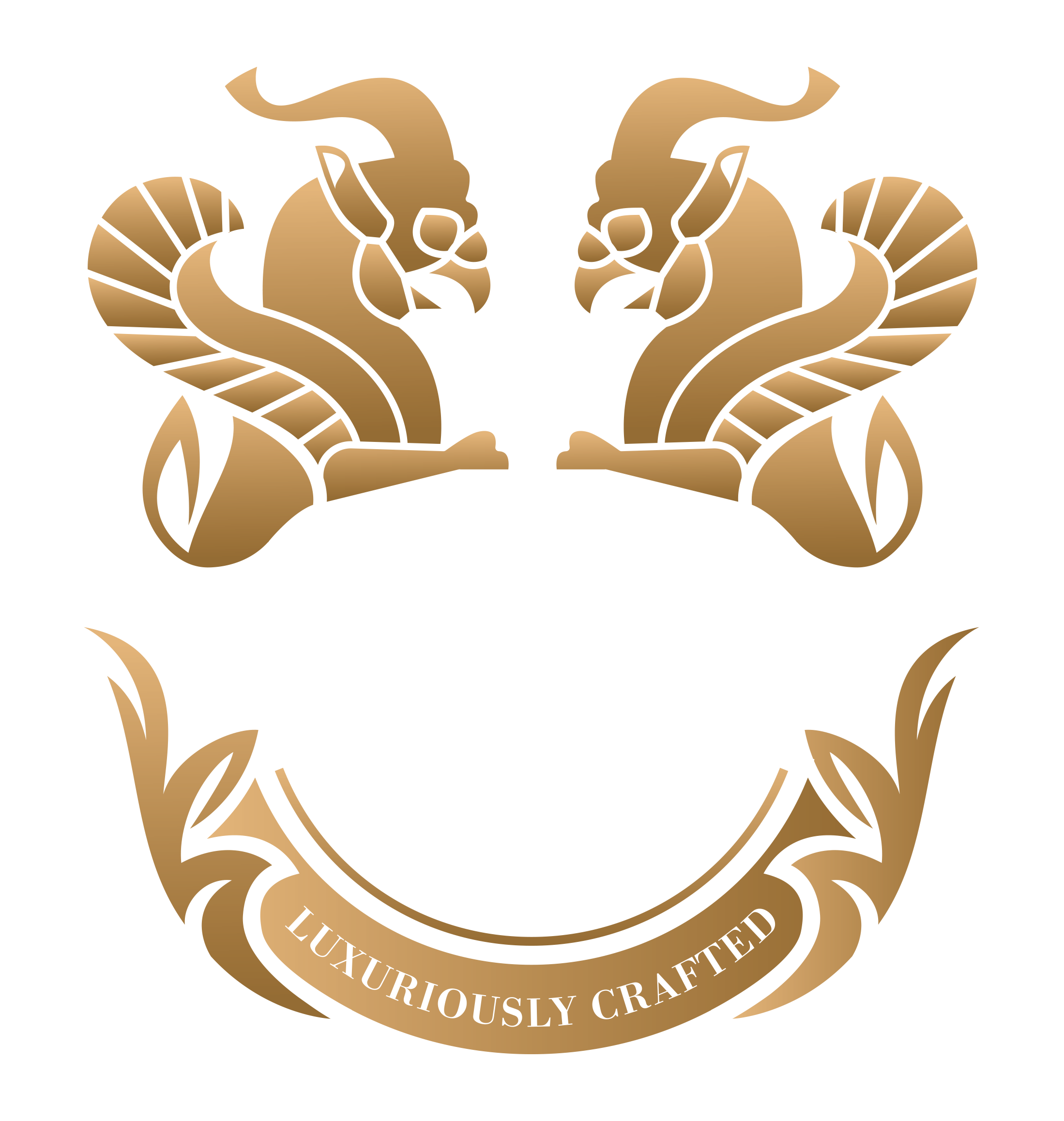
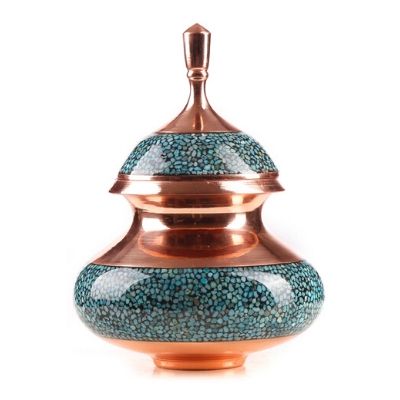
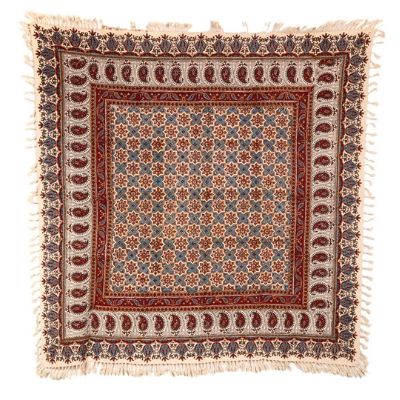
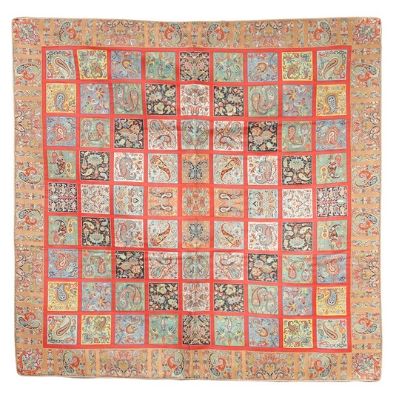
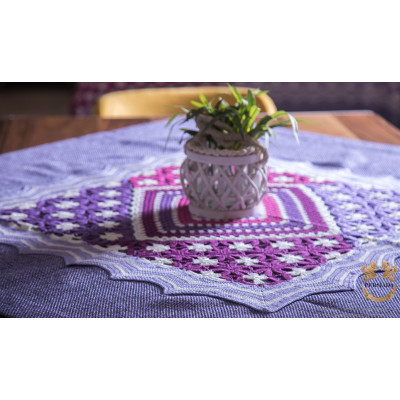
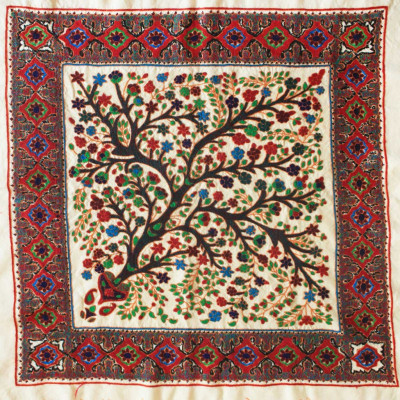
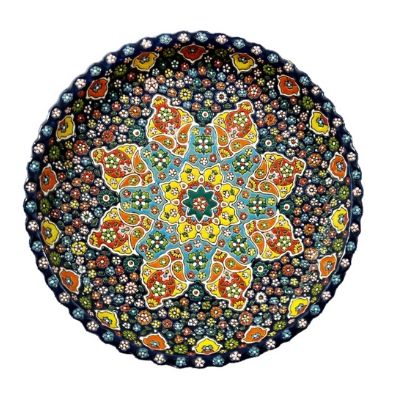
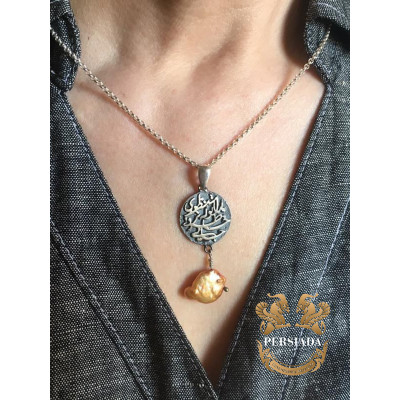
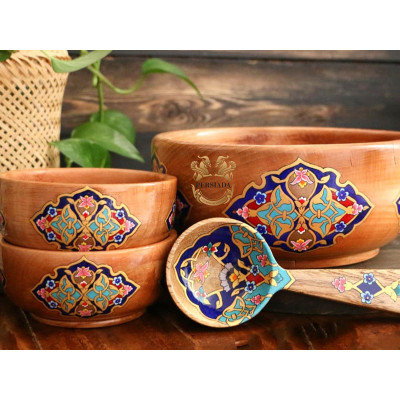
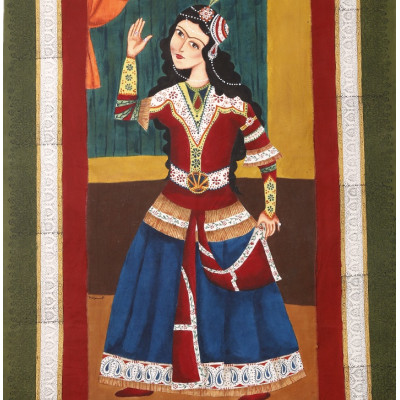
-400x400.png)
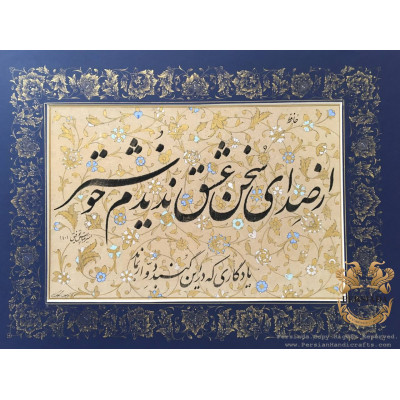
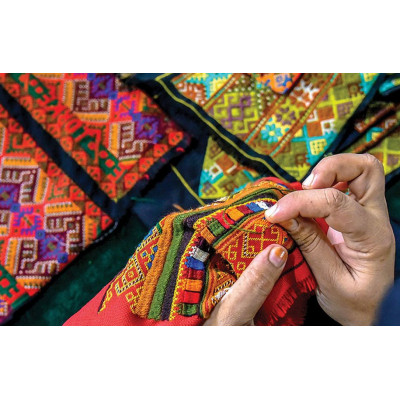
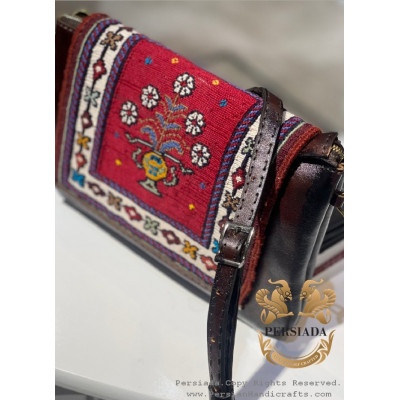
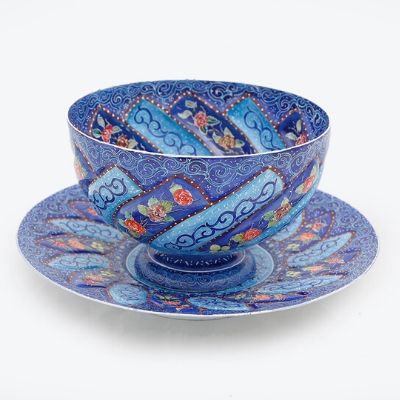
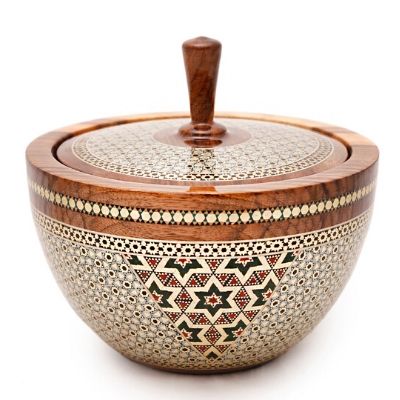
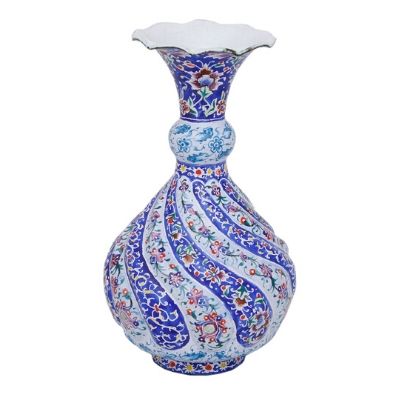
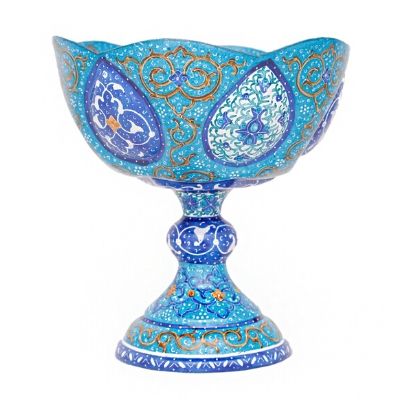
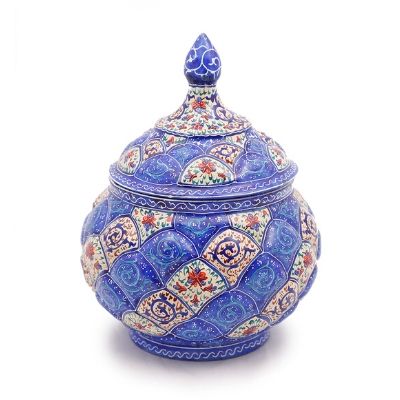
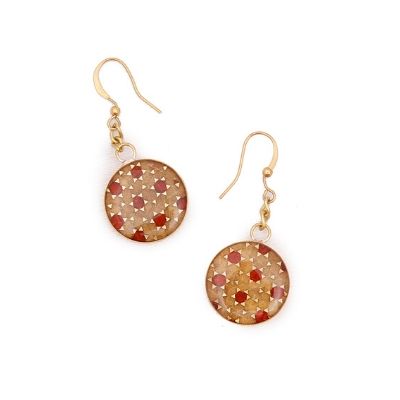
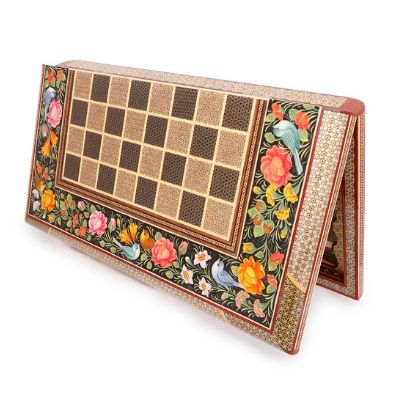
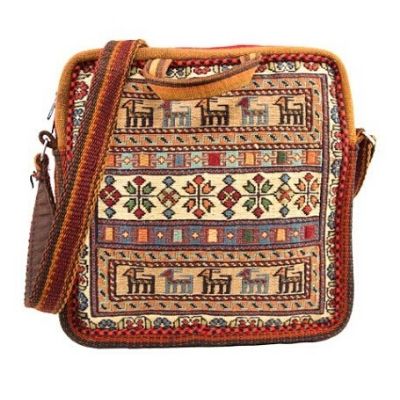
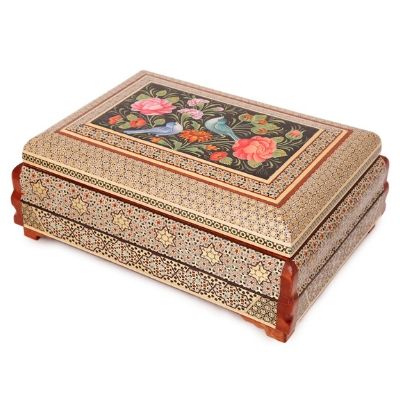
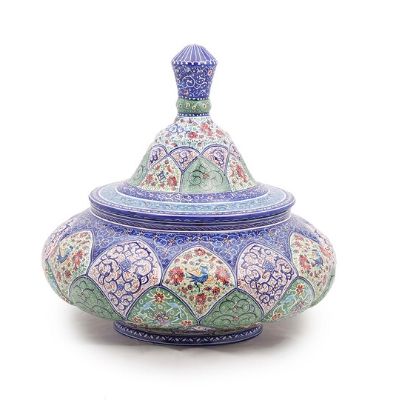
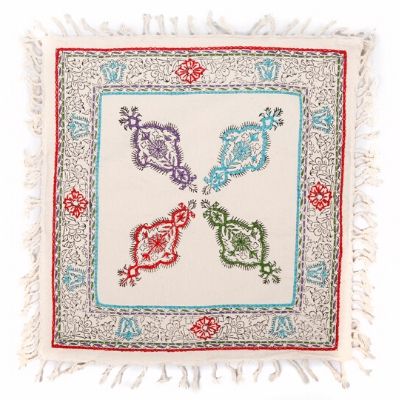
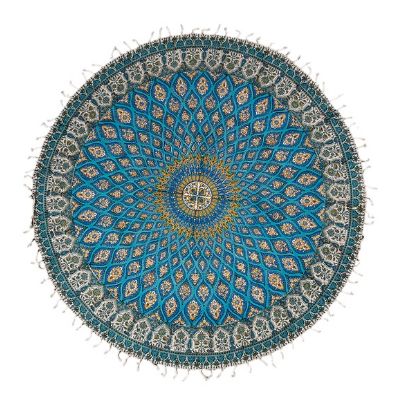
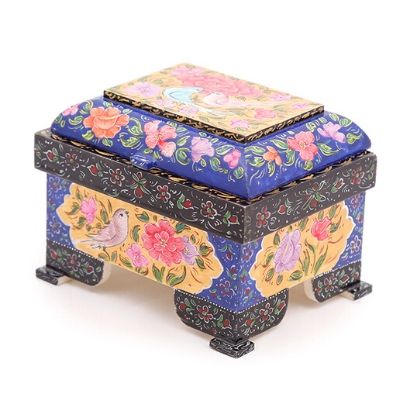
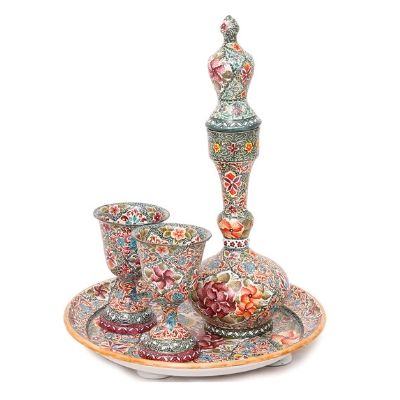
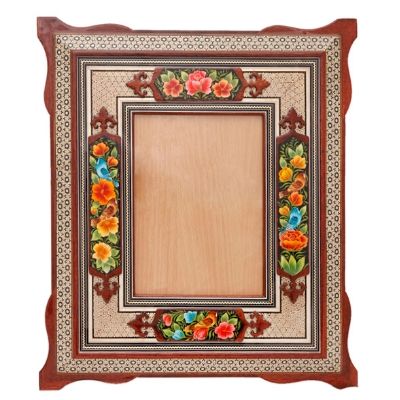
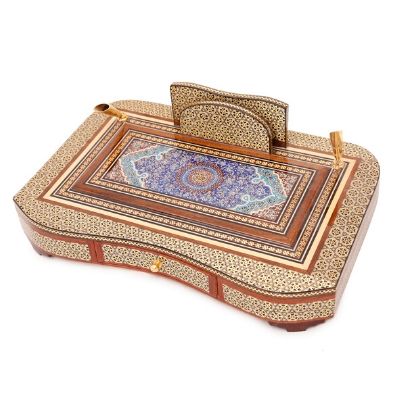
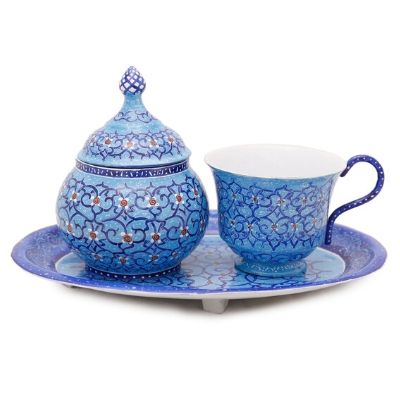
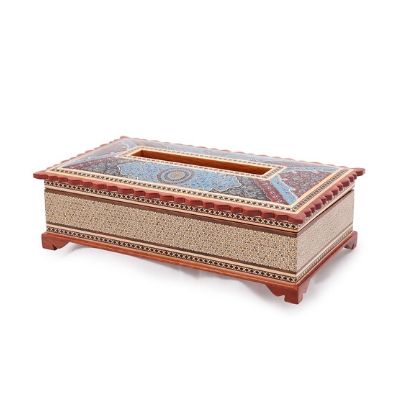
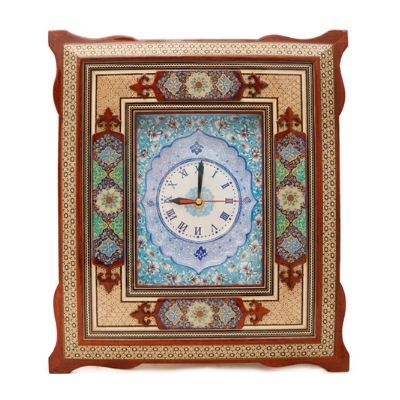
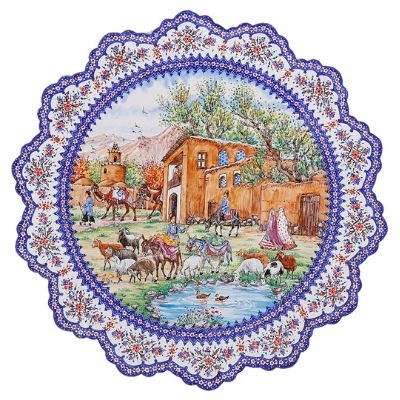
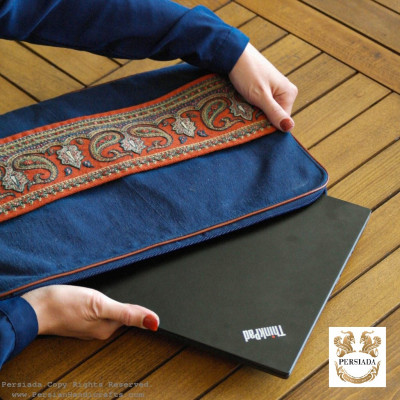
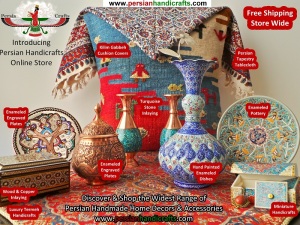



Leave a Comment